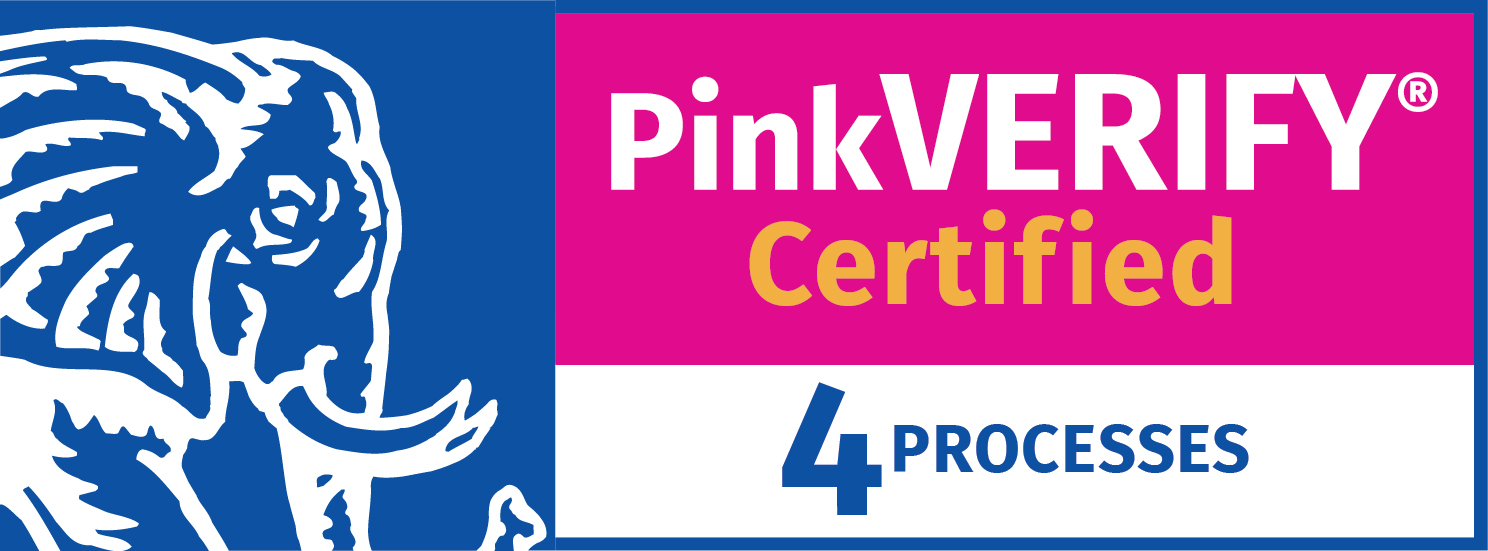Organizational change management (OCM) is a Human Resources (HR) thing, right? For many organizations, it might be, which is why they, and many others without OCM capabilities, struggle with technology-related change. The issue is that there’s rarely anything that’s only technology-based change because the new or changed technology affects ways of working, involving people. So, we might be delivering technology-based change in IT, but we also need to address the people-based implications; this is where OCM comes in. To help, this blog looks at the importance of OCM, starting with a common example of the failure to recognize and address the people-related impact of technology change.
Self-service portals – a good example of persistent OCM failures
In the last decade, most organizations have implemented an IT self-service capability. It promised to cure many long-held IT support issues with the opportunity for better, faster, and lower-cost IT support operations and outcomes. Various pieces of IT industry research have shown that close to 80% of organizations have invested in self-service capabilities during this time, with these often part of their IT service management (ITSM) tool. Still, for too many, the levels of employee adoption were low. This issue meant the organizations failed to reap the expected returns on their self-service investments.
Some organizations might blame the suitability of their self-service technology. However, the real root causes of the IT self-service adoption issues are more likely related to the lack of OCM use. It’s easy to imagine that IT organizations were so excited by and focused on the new self-service technology that they missed that its introduction is a people change because it changes traditional ways of working. So while the technology introduction project might have delivered to time, cost, and spec, the initial adoption levels were low and usually way too low to provide the anticipated benefits.
The common OCM issues include:
- Insufficient stakeholder involvement, which includes the technology users
- Minimal education on the change benefits – from the organization to the affected individuals
- Limited or no communication on the what, why, how, when, and where of the change
- Minimal guidance on what the new ways of working involve
- No dedicated OCM resource to address OCM issues and risks.
The lack of OCM investment results in a lack of employee understanding and buy-in, and the technology change project on its own does not elicit the required behavioral change for employees to embrace the change fully. There might also be resistance to change caused by a variety of factors, including employees:
- Not understanding the change reasons
- Viewing the new state as less beneficial or riskier
- Having had poor change experiences previously or “change fatigue.”
So, in the case of IT self-service introduction, IT’s belief that employees would simply use it (because they use it in their personal lives) and lack of OCM meant that the low adoption level was inevitable.
The benefits of using OCM
Whether related to technology change or other types of business change, the use of OCM tools and techniques can help to:
- Enhance stakeholder inclusion and alignment
- Improve communications
- Increase change adoption rates
- Reduce change costs (by increasing change efficiency)
- Improve risk management
- Improve employee experiences.
What’s needed to benefit from OCM
The ITIL 4 OCM Practice Guide shares five principles for effective OCM:
- Clear and relevant objectives that offer value for different stakeholder groups
- Strong and committed leadership that “leads by example” in buying into the change
- Willing and prepared participants, with employees’ resistance to organizational improvement overcome
- Demonstrated value, where stakeholders can see the value once achieved (usually thanks to communication)
- Sustained improvement, with everyone open to feedback and improvement.
These principles underpin OCM success-driver activities such as:
- Selling the change – where clear and relevant objectives and strong and committed leadership help those affected to make sense of the proposed change. Importantly, it can’t be assumed that employee buy-in will just happen or there won’t be resistance to change. The messaging is important – for example, with the IT self-service example, early initiatives were sold as cost-cutting exercises rather than improving IT support speed and reducing employee lost productivity, increasing the availability of support, and enhancing the employee experience. So there was little or no “What’s in it for me?” for employees to buy into.
- Preparing people for change – early and regular communication helps to prepare people for change. As does the involvement of senior stakeholders. However, more is needed to create willing and prepared participants. The former involves more than the “What’s in it for me?” – Removing change obstacles is also necessary. The latter requires suitable education and training to prepare people for the upcoming change. A focus can also be placed on identifying and managing resistance – from involving affected personnel in decision-making, through targeted communications addressing key concerns, to demonstrating the change benefits via quick wins.
Using OCM tools and techniques can be the difference between success and failure with technology change. It can be used in internal (to IT) scenarios, such as introducing a new ITSM tool. Or for introducing technology to enable business operations and outcomes better. Ultimately, OCM strongly influences new technology, or any business change, success through the focus on people engagement and helping them buy into new ways of working.





